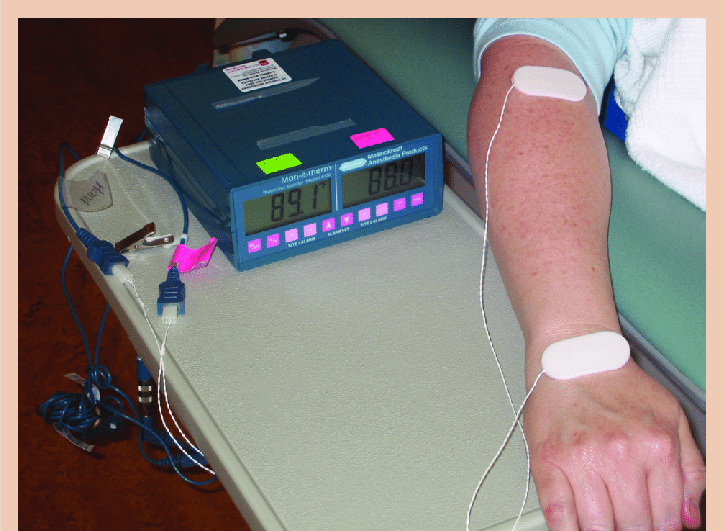Generally, remote patient monitoring refers to the periodic or continuous monitoring and transmission of vital signs, like blood pressure, weight, heart rate, oxygen saturation, heart rhythm, or glucose levels. It can also be identified as remote physiologic monitoring.
This is the use of digital technologies for monitoring and capturing health and other medical-related data from patients to healthcare providers for assessment, recommendations, and instructions.Remote patient monitoring is a sub-division of health. Here medical data and health information are taken from individuals in one location and transmitted to a provider in a different location electronically.
This means that the patient’s information is sent and stored until the provider has an opportunity to review it. It allows patients to be cared for beyond the hospital’s walls to their home settings.
This blog will discuss all you need to know about remote patient monitoring.
Benefits
There are different benefits of remote patient monitoring wearable RPM. These include the following;
1. It gives the clinicians a more accurate picture of their patient’s health. This also helps them to identify several trends in patients’ symptoms over time. When clinicians have more access to this information, they will be able to provide care effectively and proactively.
2. Remote patient monitoring also helps care providers evaluate their patient’s condition to determine if it is deteriorating, stabilising, or improving. Since healthcare providers now have instant access to their patient’s data, they can quickly identify moments patients may be experiencing pain, confusion, etc.
With a complete picture of their patient’s condition, there will be a maximum improvement in patients’ health and more efficient health care delivery.
3. Remote patient monitoring also allows patients to share updates on their vitals at their convenience and in the comfort of their homes. This gives providers a real-time understanding of how a patient’s condition progresses.
The patient is then empowered to be in charge of their health. This increases health literacy and improves patient’s overall health results and quality of life.
4. Remote patient monitoring is also utilized to treat a variety of health conditions, like diabetes, hypertension, postpartum and prenatal care, post-surgical, chronic kidney disease, hospice, palliative care, etc. This is one of the most effective and productive treatments for chronic diseases, enabling data-driven proactive care delivery.
Other benefits of remote patient monitoring wearablesRPM include the following;
- Prevents the spread of infectious diseases and other Hospital-Acquired Infections
- Help patients improve self-care and management plan
- Help improve patients net revenue
- Increases access to care
- Builds patients engagement
- Increases patients and providers relationship
- Boost patient satisfaction and experience
- Improves retention and enhances referral opportunities
How Remote Patient Monitoring Works
Having discussed the benefits of remote patient monitoring, let’s explain how it works in 4 simple steps.
Step 1
Here the healthcare organization and providers decide to use remote patient monitoring to monitor their patients. At this stage, healthcare providers use remote patient monitoring to collect a wide range of patient data. They do this by using devices like thermometers, blood pressure cuffs, glucometers, pulse oximeters, weighing scales, spirometers, stethoscopes, activity trackers, etc.
Step 2
Here the provider deploys remote patient monitoring into the patient’s home with the patient’s consent. The patient is then given a device or devices necessary for collecting their health data. They are also offered the knowledge they need to understand how to use the technology.
Step 3
At this point, the necessary device or devices have been set at home, work, or even on the go. Patients are then allowed to monitor their vitals and collect their health data. Here patients can also record their vitals either once or frequently, depending on the condition and direction of their provider.
Step 4
Here the reading from the patient’s biometric device is sent to their healthcare provider. The provider then monitors every occurring trend and change. In cases where the reading is out of range, the provider is notified with risk alerts. This helps the provider remain proactive in their response.
Best dentist in Lahore Located at Johar town. Dental Experts is a name of trust for all of your dental care and solutions. Contact us to get an appointment.
Conclusion
The remote patient monitoring devices each patient uses are unique to the patient and can be customised by the clinical team. These devices are noninvasive and can be used to acquire, transmit, process, and store data that belongs to patients to help their providers track the symptoms.

